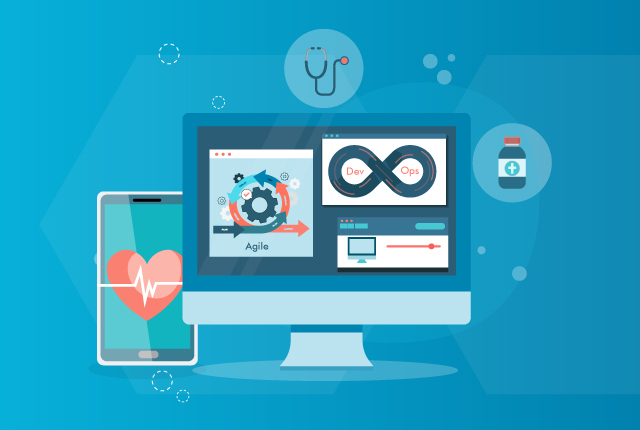DevOps and Agile software development in healthcare boost speed, transparency, security, and innovation affordably. Learn about their benefits, strategies, real-world use cases, and QASource’s role in successful implementation.
QASource Blog
In our blog, we take a deep dive into the latest QA strategies, methodologies, and industry best practices driving the world of quality assurance. Follow our blog to get new ideas as to how to effectively deliver high-quality, bug-free software products, websites, and applications, while keeping costs low.

In an agile testing environment, both developers and testers are involved in the software development life cycle from beginning to end.
The Agile testing environment creates strength in numbers. It aligns the talents and vision of your entire team to ensure the promise of your product becomes a market reality. Every stakeholder in your software development life cycle is involved from beginning to end. You can maintain an end-user focus through the development and analysis of daily builds using a cyclical, continuous integration model. The core of the Agile environment is the relationship between developers and testers. Each plays a vital role in what has traditionally been the other's exclusive domain. Developers participate in automated unit testing, for example, while testers are involved right from the initial sprint planning.
In modern times, the accepted practice that underpins the continued growth of software development is the integration of Agile and Devops.
Before the benefits of automation tools were as commonly recognized as they are today, CTOs, product managers and engineering leads were slowed down by repetitive manual tasks, bottlenecks and miscommunication across teams. True efficiency and innovation was a distant goal, something they could only discuss in abstract terms without understanding the value of certain services in software testing. Today, product companies strive to lead in four key areas: innovation, efficiency, accuracy and speed. Automation advantages in software testing are designed to place more power in the hands of developers, QA engineers and IT leadership.
An agile team that operates without continuous integration is like driving a race car in first gear. Your team can still make it to the finish line, but deploying to market will happen at a speed that works against best agile development methods and against your business goals. Continuous integration was made for agile lifecycles. What team doesn’t want to deploy smaller code changes and catch more defects earlier in the development process? What team wouldn’t benefit from reducing backlog, increasing transparency and launching stronger product quality? Continuous integration puts you back in the driver’s seat, and the leading CI tools accelerate how quickly error-free products move to the market.
There’s a reason why so many teams choose to follow agile engineering best practices. This streamlined process for software design and development delivers value in a variety of ways, including:
Thanks to artificial intelligence, impossible ideas of the past have become the reality of today. With AI, we have discovered more about the greatness of outer space as well as the micro-complexity of diseases and the possibilities for more value remain endless. In everyday life, we interact with AI when talking to our smartphones, shopping online and streaming our favorite TV shows and songs. So, it should be no surprise that software QA is quickly shifting towards integrating AI in QA testing. In fact, the AI industry is rapidly growing year after year and predicted to be one of the biggest software testing trends of this year.
Time to market and superior quality are the two key factors you need to lead in the digital industry today. The most diligent development teams take many steps to shorten their product release cycle in order to improve productivity, reduce time-to-market, and drive workforce efficiency.
Written by QA Experts
QASource Blog, for executives and engineers, shares QA strategies, methodologies, and new ideas to inform and help effectively deliver quality products, websites and applications.
Categories
Authors
Our bloggers are the test management experts at QASource. They are executives, QA managers, team leads, and testing practitioners. Their combined experience exceeds 100 years and they know how to optimize QA efforts in a variety of industries, domains, tools, and technologies.








